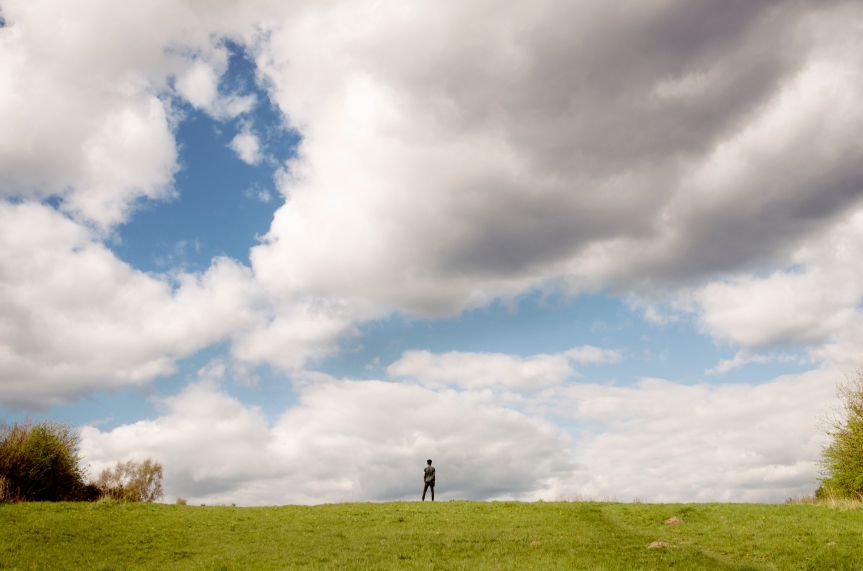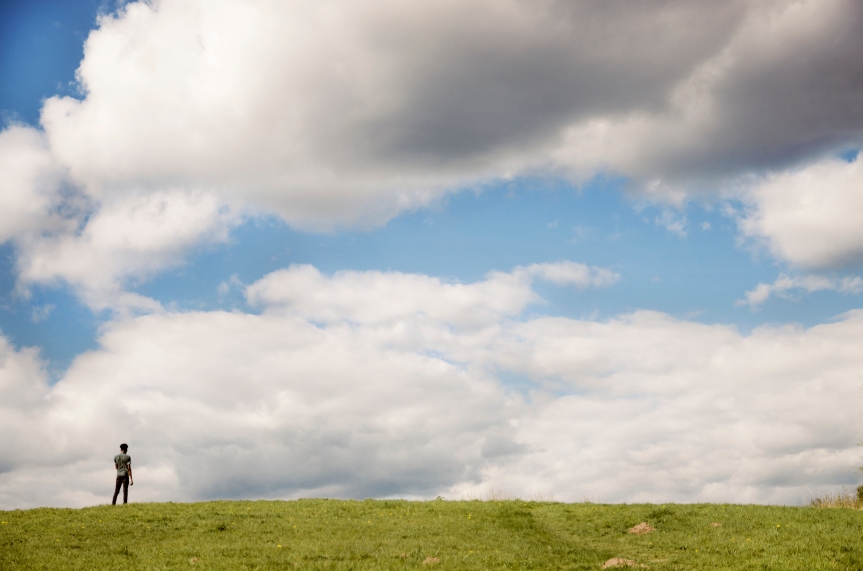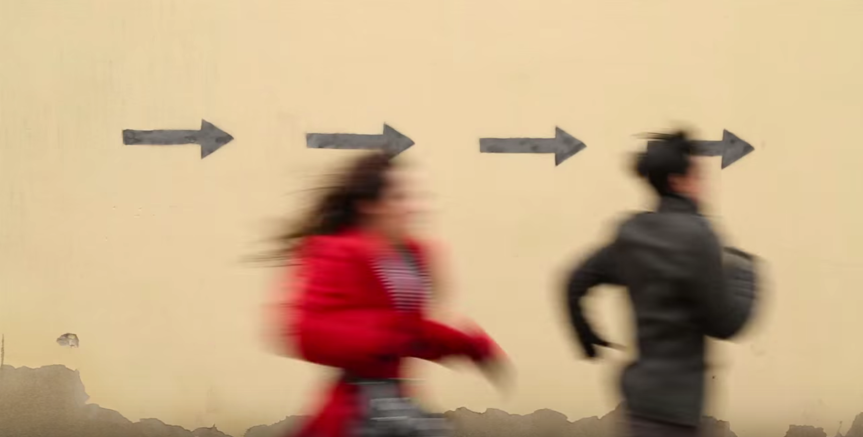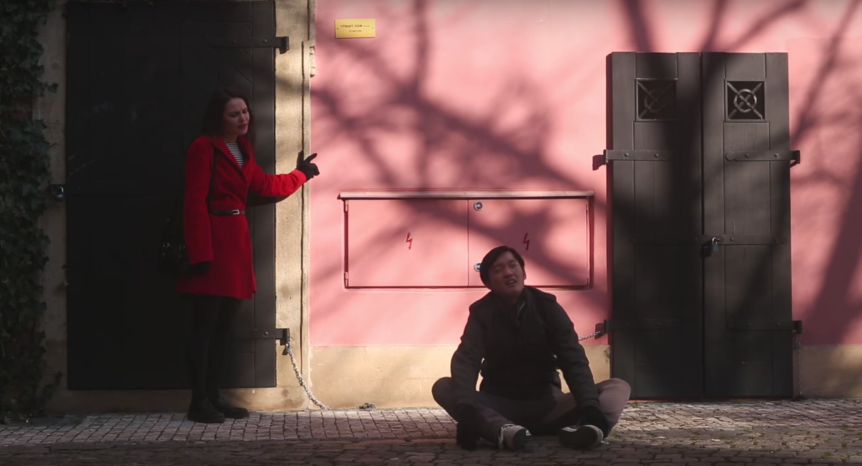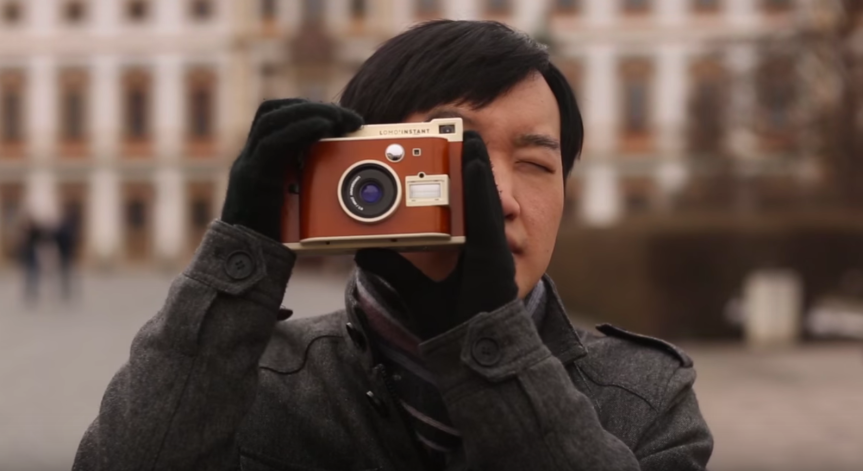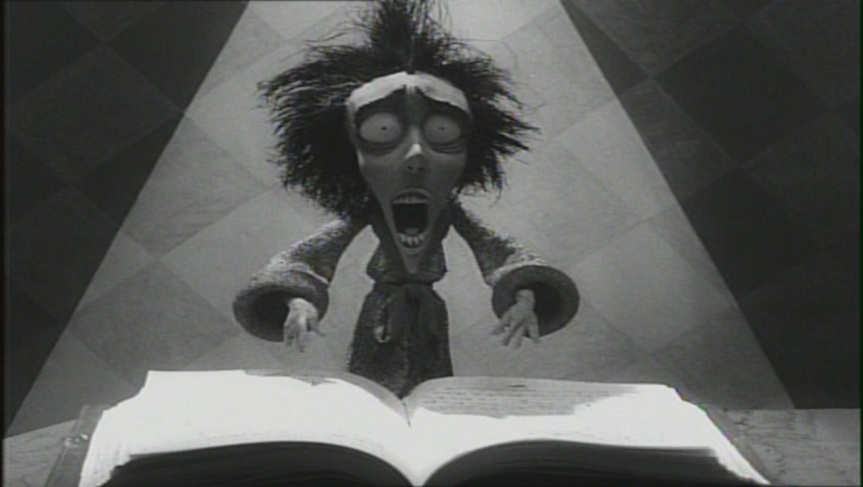
Starting the production of a short movie implies, first of all, having a solid idea. It is pointless to begin such a long and arduous journey without a good base, settling for a weak concept and hoping to relate the whole success of the final product on other aspects, like the visuals. It’s instead fundamental to build a strong narrative since the very beginning, shaping a script as good as possible. It’s also important to have a director involved in each stage of the production, able to follow all the departments and make sure that everyone’s work is coherent with the overall creative concept of the film. He must co-ordinate all the different fields making them work together trough the creation of the movie.
It’s vital that everyone accomplishes his tasks in a satisfactory way, since the smaller lack could effect the whole collective work. At the same time, everyone must stick to his own role: in a professional production it is important to respect hierarchies and no one should try to make decisions outside of his competence field, since this would imply confusion and time wasting. That’s why the producer, and then the director, always have the last word.
Short films have represented in many occasion the debut for many directors, like Martin Scorsese, David Lynch and many more. It’s clearly easier to start the filming career with a short movie since it is less ambitious: costs and production times are lower and because of that there is more freedom to experiment with cinematic techniques.
In a director’s first short movie it is often possible to recognize some of the traits that will be going to characterize his whole filmography, even if just mentioned or still immature.
This happens, for example, with Vincent, first work of Tim Burton. Vincent (1982) is a 6 minutes short movie, realized with stop-motion animation and shot in black and white. It’s based on a poem written by Burton himself, originally composed to become a children book, and it’s about a disturbed seven-year-old boy who fantasizes about being Vincent Price, imagining himself in many horrific situations. We can clearly find in it many of the main points that will characterized Burton’s film making during the rest of his career, like the dark and gothic style, the use of stop-motion animation, the influence of german expressionism and the recurrence of classic horror elements in the storytelling.
Before Vincent, Burton was working at Disney as a conceptual artist. His style wasn’t in line with the one of the studio but two executives got interested in his potential and decided to support him giving him 6000$ to produce a short, that would also have been useful as a stop motion test. The budget is not high if we consider that it was given by Disney and it was supposed to cover the cost of an entire animation production. Therefore, with Vincent we have an example of funding in which a big production studio finances one of his employes. Unfortunately it’s a very peculiar situation, in independent productions a budget is more commonly obtained by crowdfunding, by private savings or using sponsors.
The production lasted two months, in which Burton worked with a little crew composed by the animator Rick Heinrichs, the stop motion animator Steven Chiodo and the cameramen Victor Abdalov. The directorial choice of using the stop motion technique affects much the entire production, since there are deep differences in costs and planning, for example real actors are not used but all the movement must be studied previously using stand-in. Burton explained the choice of using this animation as it follows: “I had written Vincent originally as a children’s book and was going to do it that way first. But then I got the opportunity to make it as a stop-motion film. I wanted to do that kind of animation because I felt there was a gravity of those three-dimentional figures that was more real for that story”.
Vincent was presented in many festivals, it got several critical accolades in London, Seattle and Chicago and it also won awards at Chicago and at the Annecy Film Festival in France. Anyway, despite the good response, Disney didn’t put much importance on the final product since, even if good, it was not suitable for the mainstream audience, at least not as much as the typical Disney feature films. Also, it was very distant from the usual themes treated by the studio.
“Disney seemed to be pleased with it, but at the same time kind of ashamed. I just think they didn’t know what to do with it. There’s no really a market for a five-minute animated film, and the company was in a strange state of flux, so it didn’t rate really high on their priority scale.”
– Tim Burton
Burton had a similar distribution problem later on with an other of his early projects: Frankenweenie (1984), which was originally intended to be shown in cinemas with a re-release of Pinocchio, but it then received a PG rating and for that reason the distribution was delayed. Vincent itself was released for only two weeks in one Los Angeles Cinema, to proceed the movie Tex.
Even if this particular case is not really explanatory, distribute a short film in cinemas as a support of a feature film can be common when we talk about big production companies. It is actually one of the most effective way to bring the final product to a big audience. A famous example is represented by Pixar, that releases a movie each year and every time it is supported by a short. In these circumstances, short and feature film should share a similar concept and mood.
On a more indipendent level, shorts can be distributed to festivals, which exist in many different typologies and target level, from the film student to the higher levels ones, like Sundance Film Festival.
References
Burton, T. and Salisbury, M. (2006). Burton on Burton. London: Faber and Faber.
Harryhausen, R. and Dalton, T. (2008). A century of stop motion animation. New York: Watson-Guptill Publications.
Vimeo. (2012). Tim Burton’s Vincent (1982). [online] Available at: https://vimeo.com/48980974 [Accessed 10 Mar. 2016].
Awn.com. (2016). Tim Burton’s ‘Vincent’–A Matter of Pastiche. [online] Available at: http://www.awn.com/mag/issue1.9/articles/frierson1.9.html [Accessed 10 Mar. 2016].
Burton, T., Burton, T. and Price, V. (2016). Vincent (1982). [online] IMDb. Available at: http://www.imdb.com/title/tt0084868/ [Accessed 10 Mar. 2016].
Film Shortage. (2013). The Short Guide to Making an Awesome Short – Part 3: Production. [online] Available at: http://filmshortage.com/the-short-guide-to-making-an-awesome-short-film-step-3-production/ [Accessed 10 Mar. 2016].
Mic. (2014). 16 Short Films That Launched the Careers of Famous Directors. [online] Available at: http://mic.com/articles/92951/16-short-films-that-launched-the-careers-of-famous-directors#.K0QYDKVm0 [Accessed 10 Mar. 2016].
SunRain Productions – Rain Breaw & Charlene Sun, 2. (2016). the films of Tim Burton: Animating Live Action in Contemporary Hollywood – by Alison McMahan. [online] Filmsoftimburton.com. Available at: http://www.filmsoftimburton.com/chapter3.html [Accessed 10 Mar. 2016].




































